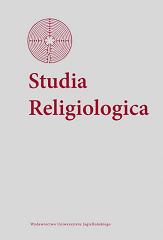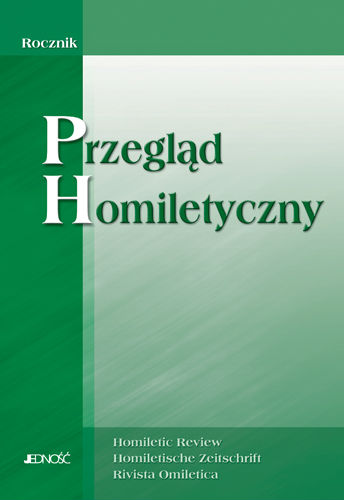Author(s): Adam Kalbarczyk / Language(s): Polish
Issue: 15/2011
Funeral homily is a big challenge and responsibility for priests. Seeing not only its importance but also a pastoral chance it offers, a lot of priests raise questions about its characteristics. This article, answering the question, tries to present the specifics of funeral homily in general, and then to show its existential, personal and ecclesiastical dimension. The main aim for the funeral priest is not to eulogize the dead, to evangelize, to catechize, or to sermonize, but to strive for mistagogia, that is to make the faithful familiar with the significance of the funeral service and enable them to fully participate in this service. This can be achieved through the homily which shows the meaning of life and death in the light of Christian faith and hope (existential dimension), respect for the dead and their lives (personal level) and consolation, strengthening the faith of the dearest and nearest and the whole funeral community (ecclesiastical level). Funeral homily, based on God’s Word, should be propagating words of life in the face of death and in defiance of death. That is why a specific cantus firmus of each funeral homily should be the presentation of each specific death, and the mourning, in the light of God’s Word. This can be achieved through putting the recollections of the dead into the heart of the biblical address, which is the Passover Mystery of Jesus Christ, the Christian answer to the question of the meaning of life, suffering, and death. The main aim of funeral homily is promoting life in the Church, by the Church, and through the Church, and enabling people to connect to God in the Church, or at least encouraging people to look for God.
More...


